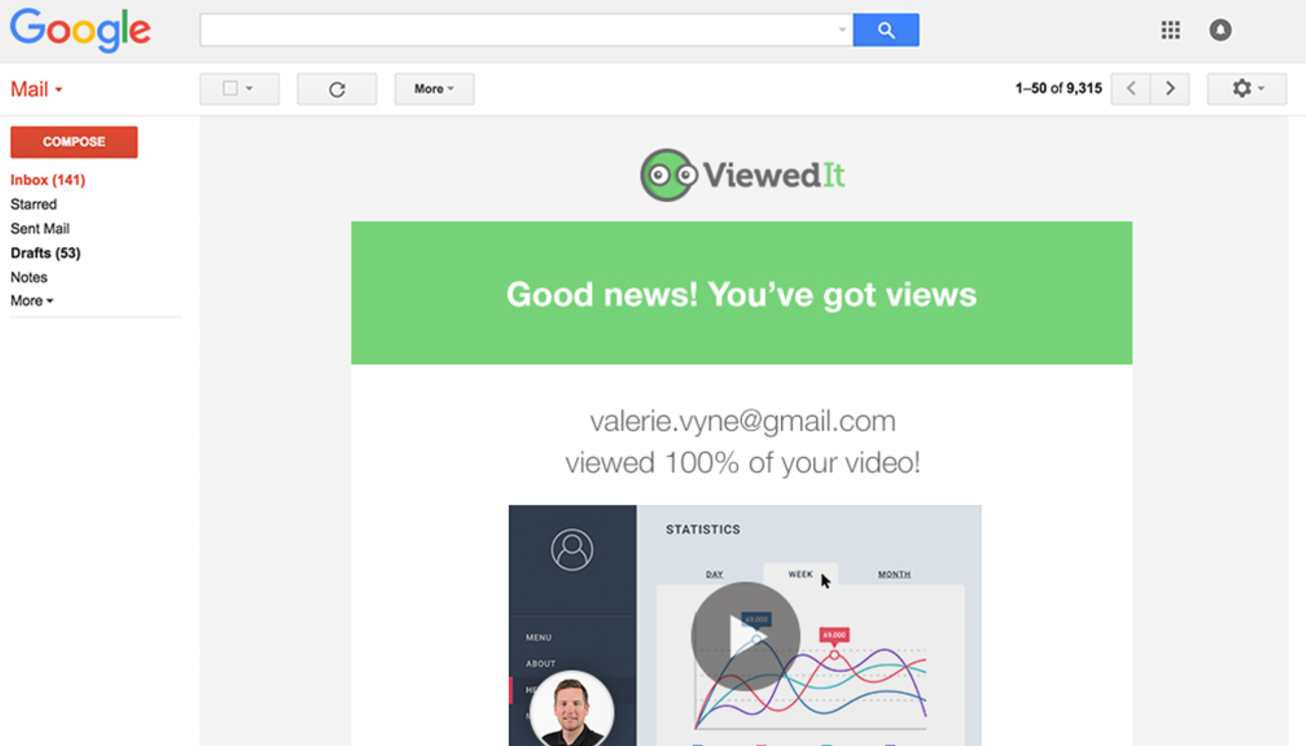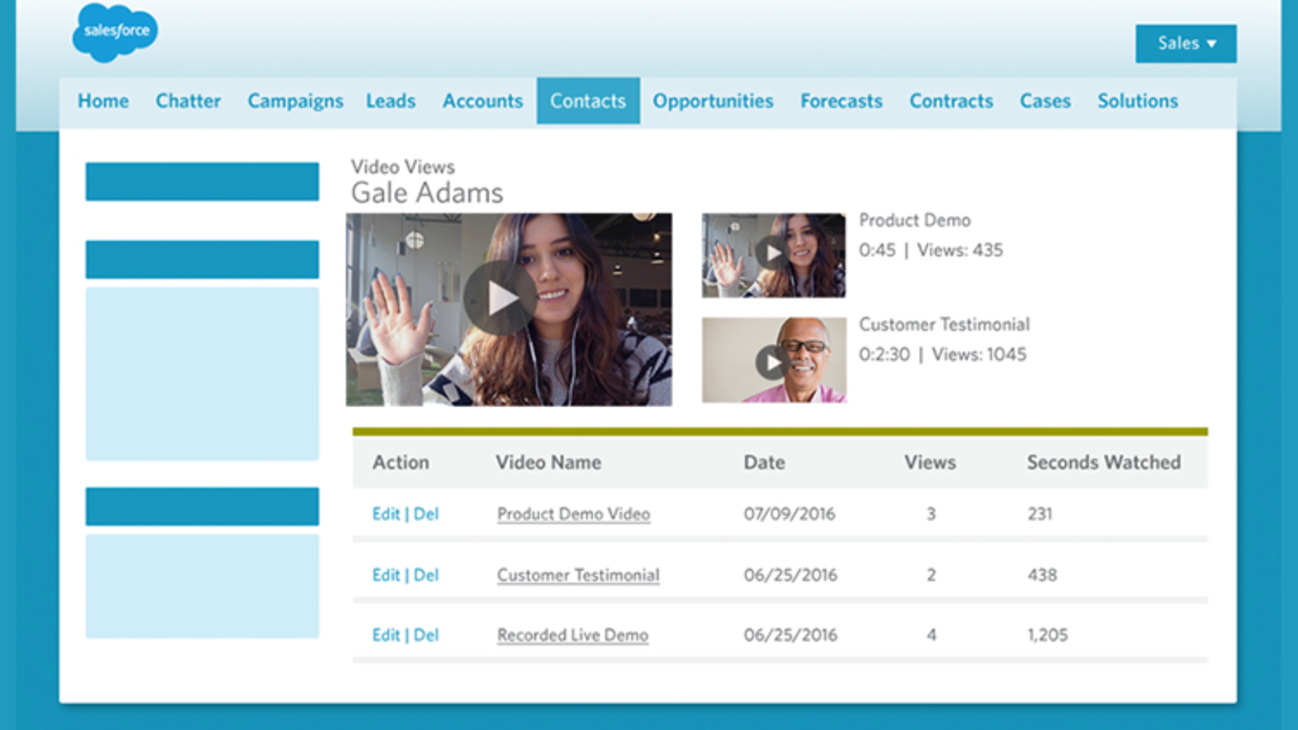Sales has never been an easy job to automate. For every tool that pops up promising automatic follow-ups or additional data points for tracking engagement, there still needs to be a human element to the sales process. Remember, as Fast Company put it, “People don’t buy products – they buy better versions of themselves.” And for all the technology that’s available, the best way to help prospects connect the dots between your product and the person they want to be is a bona fide, living, breathing human being.
But sales teams aren’t working stacks of lead cards anymore either. The average marketing database is in the thousands, and grows by hundreds of leads every week, meaning that by the time the MQLs become SQLs, there is no shortage of prospects for salespeople to… well… prospect. And how salespeople choose to spend their time is one of the biggest conundrums for sales leaders. Each salesperson gets the same number of hours in a day – how can leaders make their teams more efficient? And if each salesperson is trying to juggle dozens of possibly-engaged leads, how can they best prioritize their time? Let’s take a look at some of the best ways to do this with video in sales!
Why Efficiency Matters
Most sales teams exist with a certain amount of automation. Salespeople send out templated emails all the time, and most cold-calls start with a script. But when it takes 6 to 8 touches to generate a really viable sales lead (up from 3.7 in 2007) then knowing which prospects your team should be applying the efforts to is critical.
There are a number of factors that sales can use to determine a really engaged lead. Looking at content consumption is probably the biggest, as with most of the buying process happening before your sales team gets involved, prospects are taking discovery into their own hands.
Targeting Low-Hanging Fruit with Video in Sales
Knowing a prospect has downloaded a whitepaper is useful information, but you may never know if they actually read it. That’s where video is a game changer from an engagement perspective – not only will your salespeople know that a prospect has clicked play, but they can see exactly how long that prospect viewed the video. Powerful tools for separating the wheat from the chaff.
 Once your sales team decides to engage with a prospect, it’s still not easy to know whether or not the prospect really cares about what you’re saying. In other words: email open rates are great for knowing when a prospect has clicked on an email, but really don’t tell your salespeople anything about how engaged they are. Maybe they just deleted it right after!
Once your sales team decides to engage with a prospect, it’s still not easy to know whether or not the prospect really cares about what you’re saying. In other words: email open rates are great for knowing when a prospect has clicked on an email, but really don’t tell your salespeople anything about how engaged they are. Maybe they just deleted it right after!
And voicemails are even worse – you may never know if your prospect even listened to your voicemail, let alone whether they were excitedly jotting down a follow-up number to call you back.
That’s why high performing sales teams have been moving video into the prospecting process, and using it not only to drive more engagement, but to help prioritize the leads worth pursuing versus the tire kickers that aren’t really interested.
Case Study: Data-Backed Persistence Pays Off
 Recently at Vidyard, one of our closed deals didn’t look like it was going anywhere on the surface. Nico, the rep here at Vidyard that had been working the deal, had diligently been sending out videos in his emails but receiving no response from the prospect. Under normal circumstances, Nico would have given up and moved on to another lead, but thanks to back-end analytics on the video, Nico’s prospect was revealing a very different story.
Recently at Vidyard, one of our closed deals didn’t look like it was going anywhere on the surface. Nico, the rep here at Vidyard that had been working the deal, had diligently been sending out videos in his emails but receiving no response from the prospect. Under normal circumstances, Nico would have given up and moved on to another lead, but thanks to back-end analytics on the video, Nico’s prospect was revealing a very different story.
While they weren’t replying to his emails, Nico’s prospect was watching the videos he was sending. All of them – and often. Better yet? Nico’s videos had multiple views from inside the organization. So not only was the prospect watching the videos, but they were sending them out to others. And those other people were watching them too. From start to finish.
 So Nico pressed on, and long-story-short, that prospect became an opportunity, and that opportunity became a closed deal.
So Nico pressed on, and long-story-short, that prospect became an opportunity, and that opportunity became a closed deal.
Simply sending out engaging content wasn’t enough – Nico needed the back-end data to prioritize a lead that looked like it was going nowhere on the surface to a lead that was really engaged, just not ready to start up a conversation. Data he couldn’t get if he was only sending out text-based emails, or text-based attachments like PDFs or PowerPoint presentations.
Without that data, Nico would have moved on and missed the opportunity.
What Sales Leaders Can Do For Their Teams
It’s a fairly accepted truth in sales that most customers don’t know what they’re looking for. There’s the old cliche that if Henry Ford had asked people what they wanted, they would have said faster horses. But much like most accepted truths, there’s a lot of myth attached to that too.
The same goes for prospecting. Every lead may look like the next six-figure deal, but most teams know prioritization is the real key to success. In the fast-paced world of modern sales, it’s not worth dwelling on leads that aren’t showing any indication that they’re interested in starting up a conversation, let alone making a purchase. There are plenty of fish in the sea and it’s worth fishing where the fish are biting.
Early adopter sales leaders learned early on that video is a powerful tool for prospecting – it’s engaging, and it can help drive better response rates, even for cold leads. It can also increase the click-through rate on the emails your reps are sending out by 50%. But what we also learned is that video is an excellent tool for helping our salespeople prioritize leads, and better decide where to spend their precious time.
Not every lead is going to be a winner, and seeing what leads have engaged with your marketing content is a big step towards predicting whether a lead is even worth a sales follow-up. But it’s important as sales leaders to teach your team to apply the same methodology to their prospecting. If you’re sending out your 6 to 8 touches, and not seeing a response, it may mean that the prospect isn’t interested, but it also may mean that the prospect is still feeling out whether or not your solution is right based on the information you’re sending them. Wouldn’t it be great if you knew which one it was?
The power of video doesn’t just lie in its ability to engage with prospects – it’s also one of the most powerful qualification tools your team can use to prioritize leads and become more efficient salespeople. If a lead is watching every video you send them, but hasn’t emailed you back yet, then you may find yourself in Nico’s shoes. Giving up on that lead would have meant giving up on one of the biggest deals he closed all year. And without video, he likely would have looked like just another dead lead.
The post Using Video in Sales to Identify and Prioritize Quality Leads appeared first on Vidyard.
source http://www.vidyard.com/blog/video-in-sales-identify-prioritize-leads/

No comments:
Post a Comment